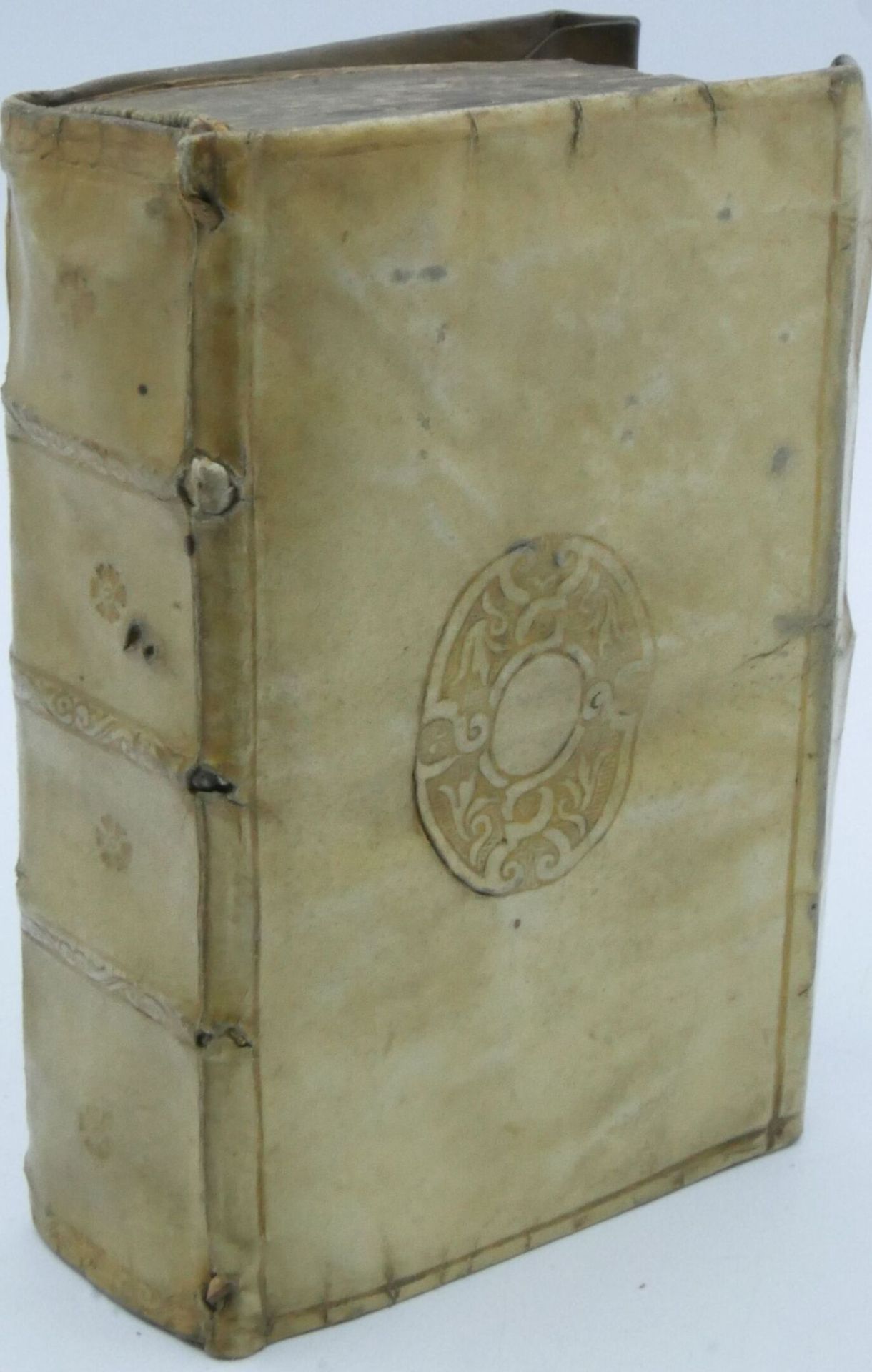Description
CRONIC and history, composed by Philippes de Commines, Knight, Lord of Argenton. Newly revised and corrected. Paris, Four Dauphine Lotrian, 1559, in-12, 11 ff. - 460 ff, vellum with flaps, gilt fleuron in the centre, spine gilt, traces of laces, tr. gilt. (contemporary binding). Pagination error. Heavy spotting. Expert : Danyela PETITOT 06 62 22 43 47 - [email protected]
5
Online
CRONIC and history, composed by Philippes de Commines, Knight, Lord of Argenton. Newly revised and corrected. Paris, Four Dauphine Lotrian, 1559, in-12, 11 ff. - 460 ff, vellum with flaps, gilt fleuron in the centre, spine gilt, traces of laces, tr. gilt. (contemporary binding). Pagination error. Heavy spotting. Expert : Danyela PETITOT 06 62 22 43 47 - [email protected]
You may also like
